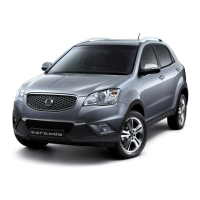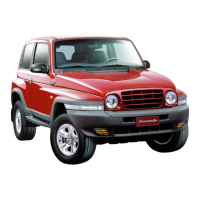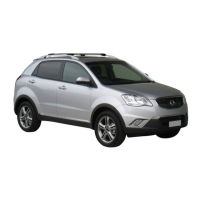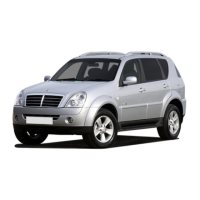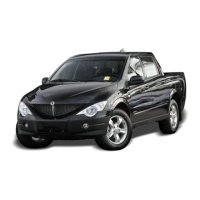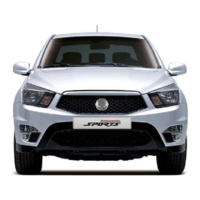STARTING AND OPERATING 2–19
CAUTION
Under cold weather conditions, the
parking brake can freeze in the en-
gaged position.
This is most likely to happen if the
brakes are wet.
If there is a risk that parking brake
may freeze after driving through wa-
ter deep enough to wet brake com-
ponents or having the vehicle
washed;
• Apply the parking brake only tem-
porarily while you put the gear se-
lector lever in “P” (automatic
transmission) or in first or reverse
gear (manual transmission).
• Block the rear wheels so that the
vehicle cannot move.
• Then release the parking brake.
SUGGESTIONS FOR MORE
ECONOMICAL OPERATION
Your car’s fuel economy is mainly dependent
on your style of driving.
How you drive, where you drive, and when
you drive has an effect on how many kilo-
meters you can get from a litre of fuel.
To obtain maximum fuel economy from your
car:
• Start gradually and accelerate gently.
• Avoid excessive and unnecessary
idling.
• Keep your engine properly tuned.
• Do not race the engine.
• Use the air conditioning (if equipped)
only when necessary.
• Slow down when driving on rough
roads.
• Always keep your tyres inflated to the
recommended pressure for longer tyre
life and optimum fuel economy.
Parking brake warning light and buzzer
If the vehicle is driven for over 2 seconds
(over 10 km/h) while the parking brake is
applied, the parking brake warning light in
meter cluster comes on and warning buzzer
sounds. If it occurs, immediately stop the
vehicle and release the parking brake.
K140_RHD_EN_02.p65 2004-11-11, ¿ÀÈÄ 4:0819

